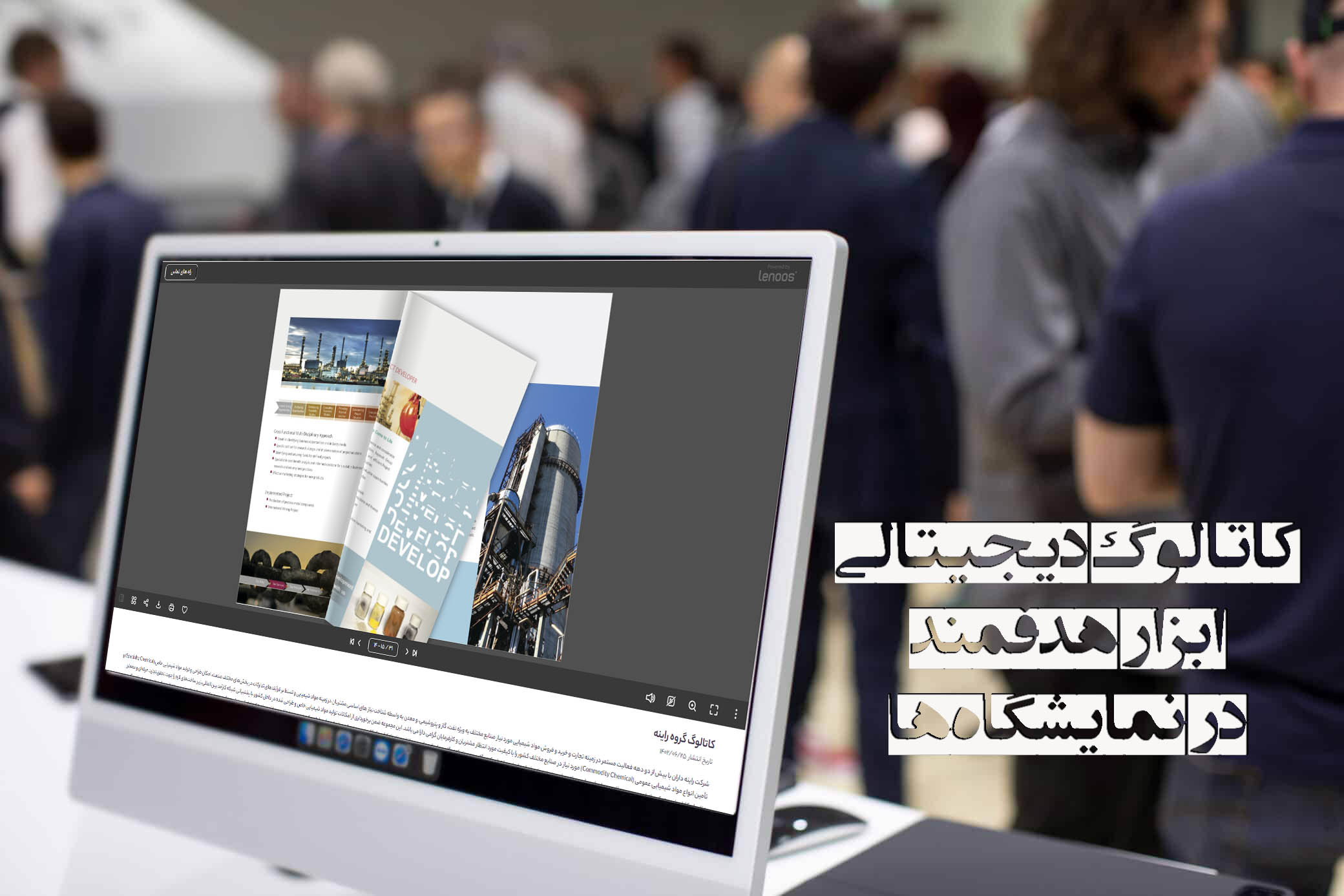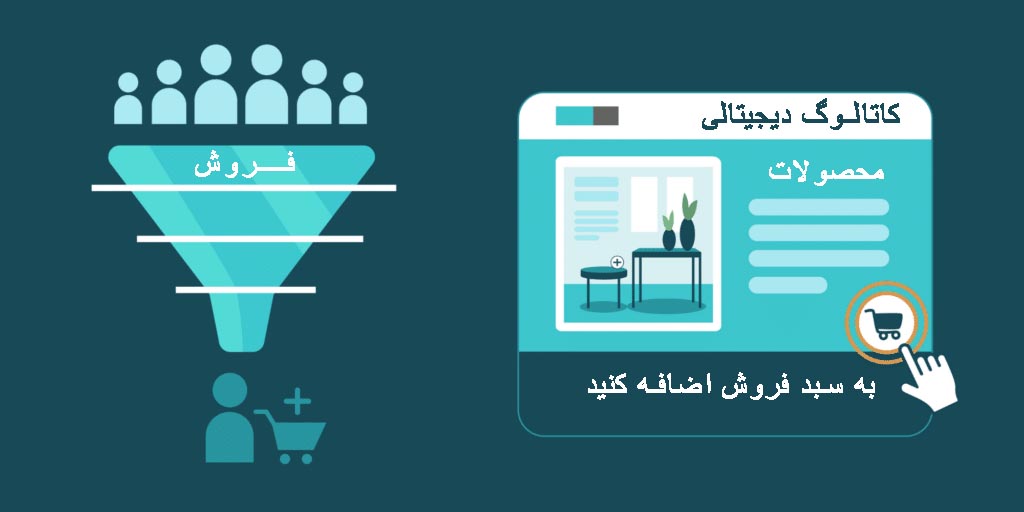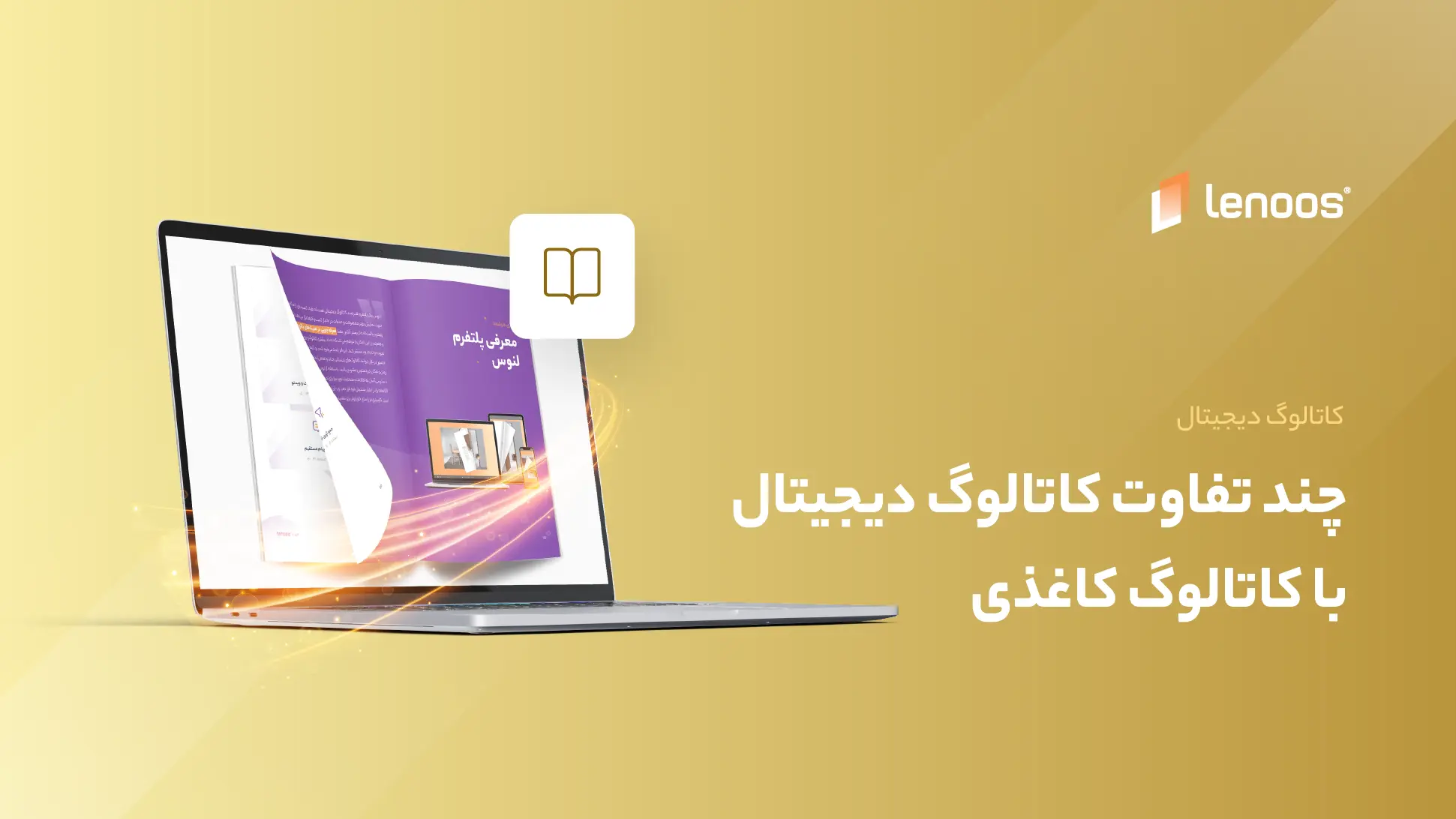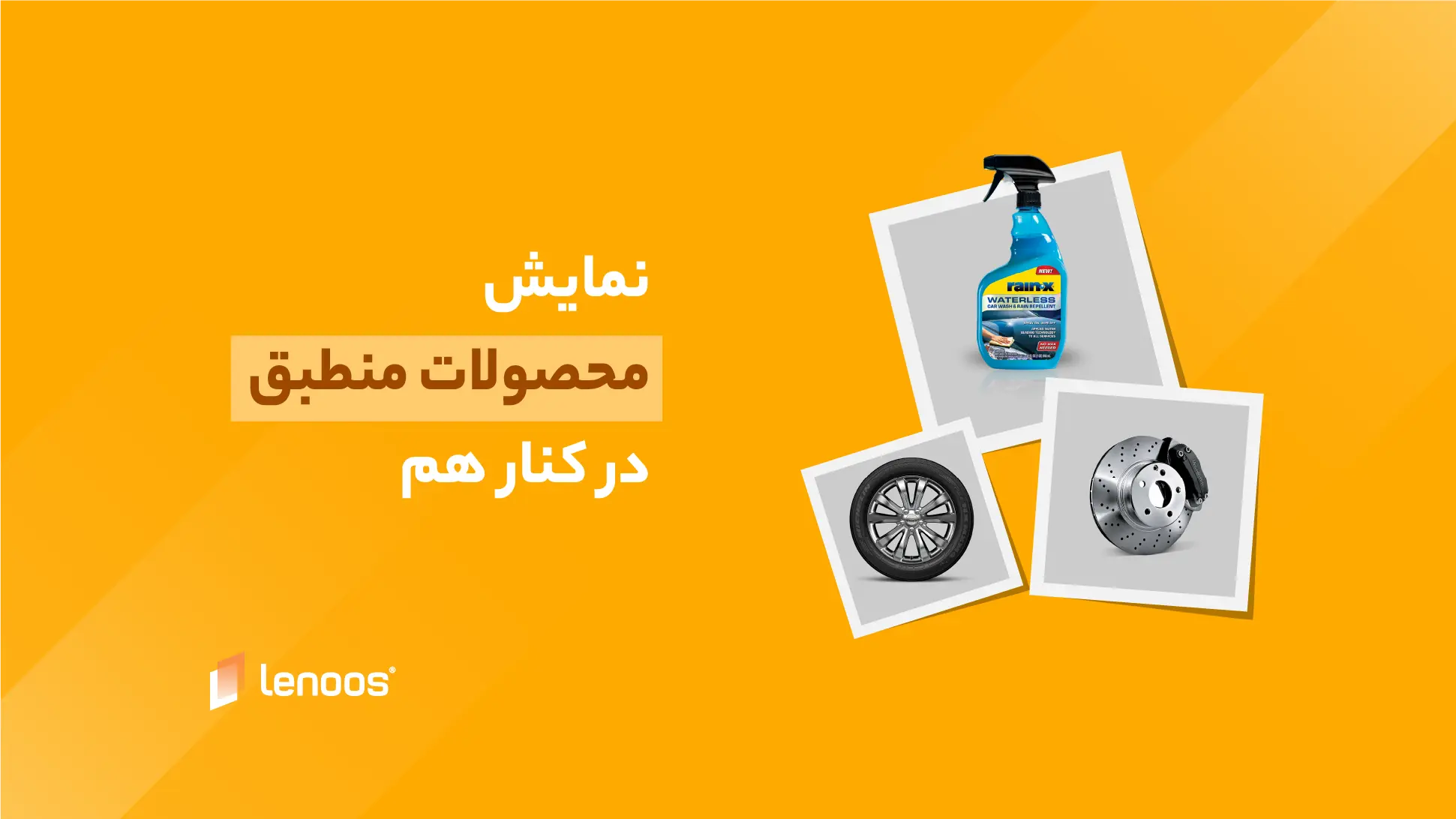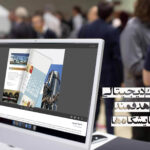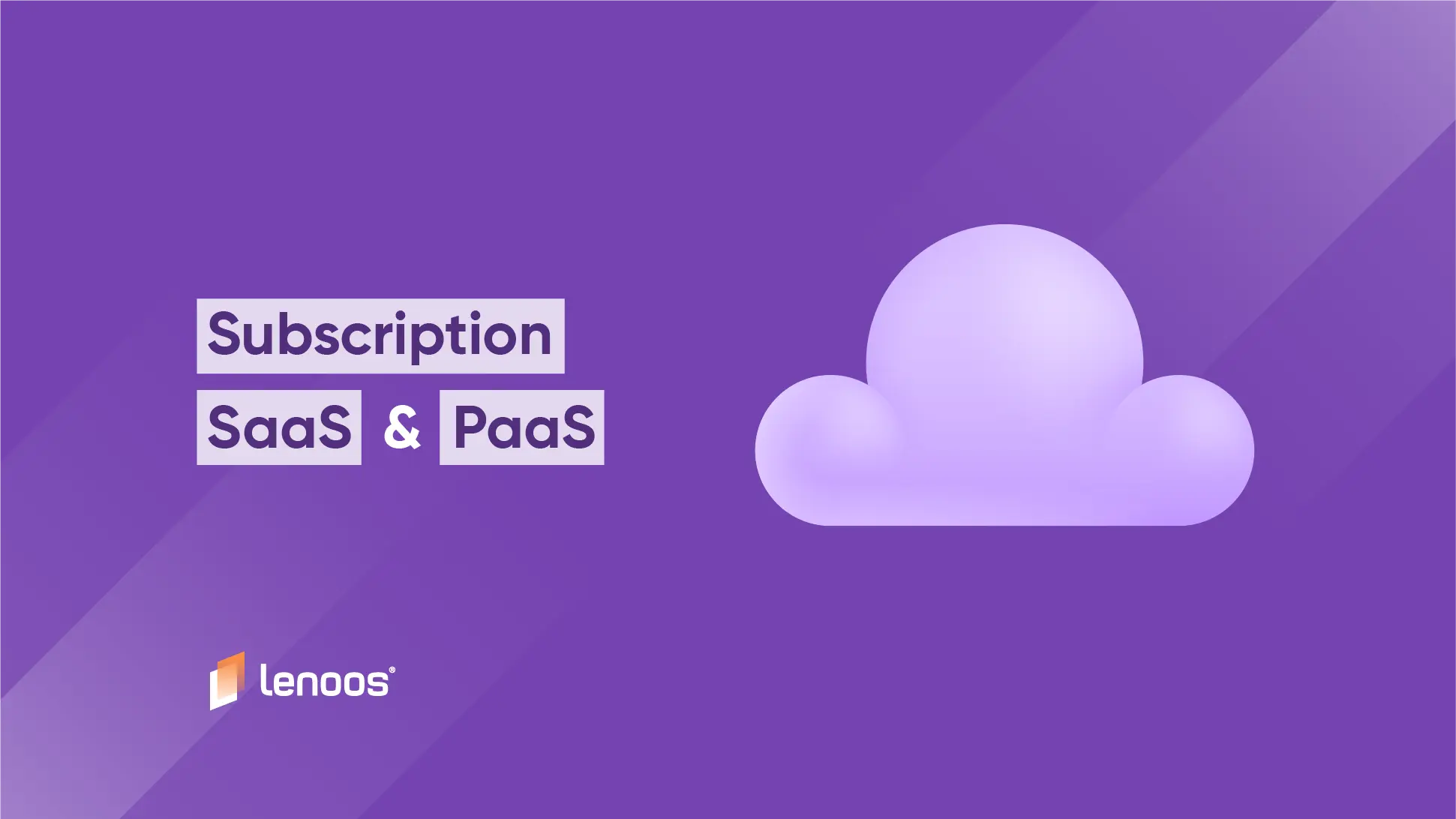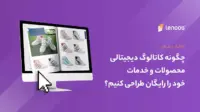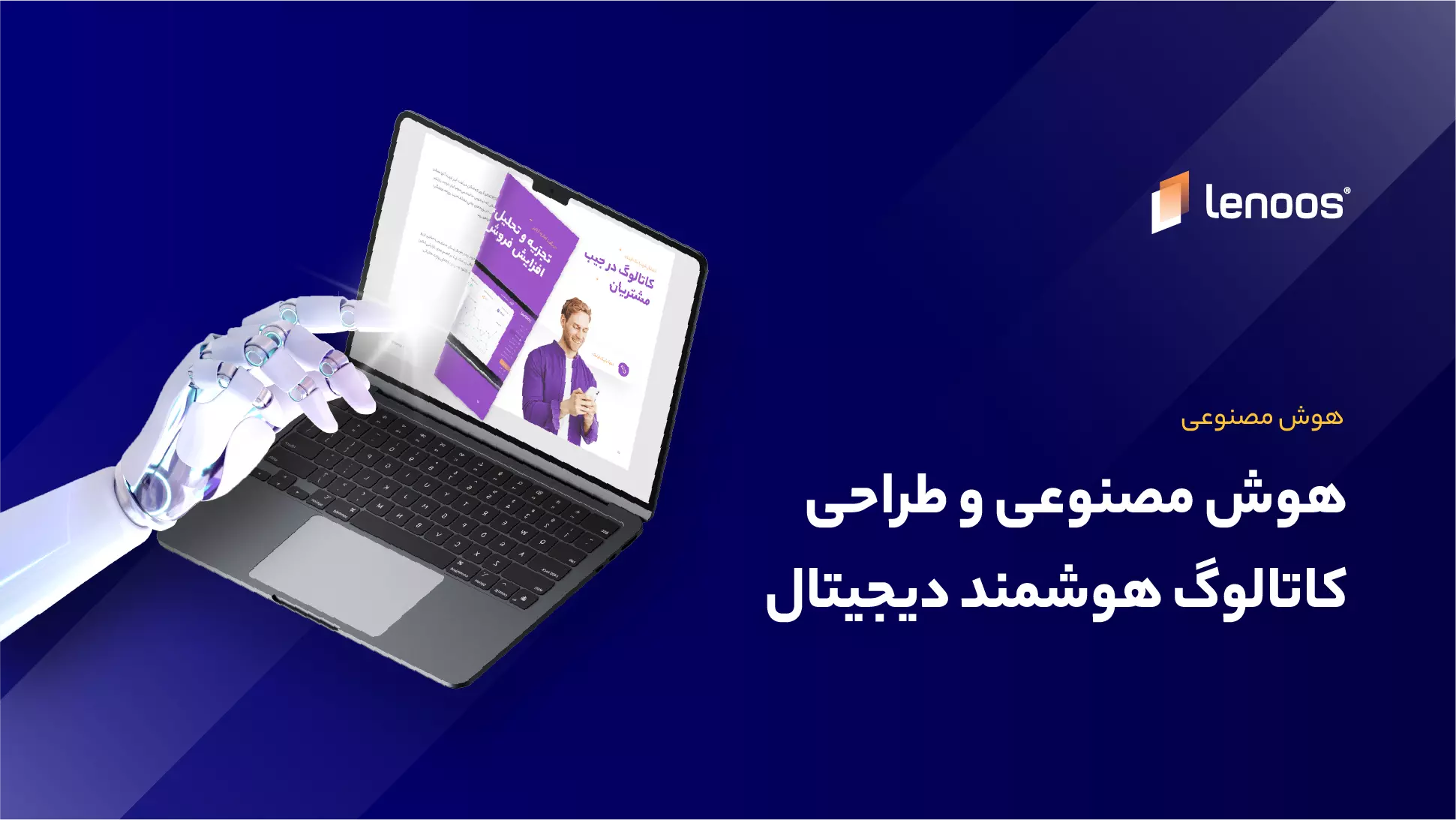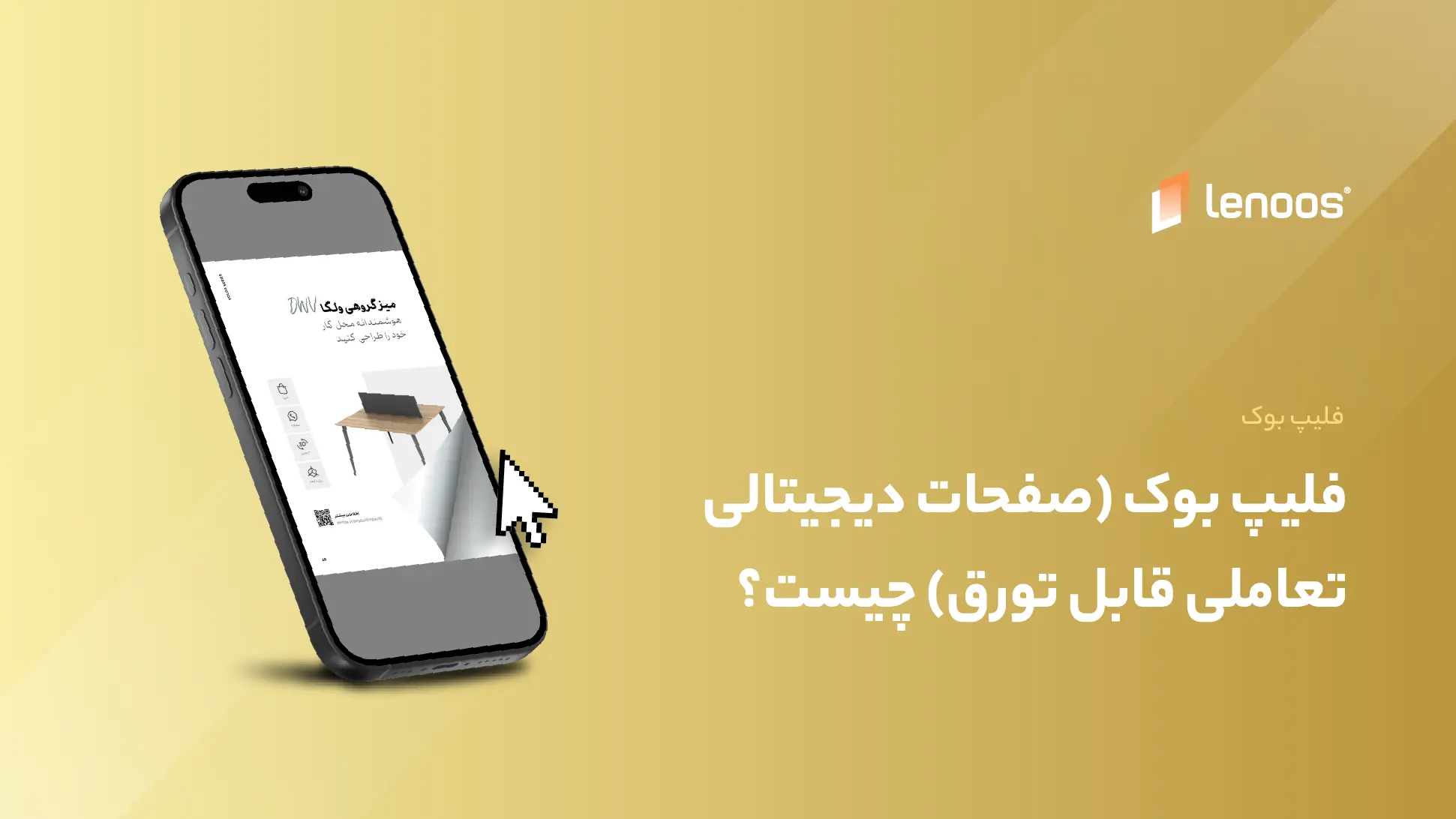An exhibition digital catalog is a versatile medium for showcasing products and services of various businesses at different events. The long-standing use of printed catalogue and its many applications have kept it popular despite the rising costs of paper and production. By contrast, today’s technology has made it possible to produce and distribute digital exhibition catalogs. This capability combines the benefits of traditional versions with online features and services, offering companies a unique and effective tool for online marketing and advertising.
Exhibition Catalog
Businesses leverage various tools and opportunities to boost their operations and increase sales. Exhibitions are among those key events that put businesses in front of potential customers. This buyer-seller interaction, often in the presence of active competitors, demands powerful introductory tools. Historically, catalogs have been a practical and valuable tool for presentations at exhibitions and other events like conferences, seminars, and more. In fact, many companies design and prepare their catalogs specifically for exhibition use. In recent years, digital exhibition catalogs have gained significant attention alongside their paper counterparts, especially post-COVID. The numerous interactive and connectivity features of this new medium offer businesses and customers innovative and diverse solutions, driving its growing adoption day by day.
بیشتر بخوانید:
Why a Digital Exhibition Catalog?
A digital promotional exhibition catalog primarily evokes the visual feel of a paper version. Moreover, it doesn’t require customers to download it for distribution or viewing. Hosting them on the web via the Lenus platform enables unlimited sharing through various channels and provides access to viewership reports and customer feedback. This means we can stay informed daily about the number of views, message shares, and more from the audience.
The large volume of paper catalogs received at exhibitions often causes customers to forget most of them and not revisit them. However, a digital version of the catalog, since it is sent to customers through online communication channels, provides a way to remind them. On the other hand, it eliminates the need to distribute printed versions, which are prepared at a high cost, to all attendees.
A Practical Tool at Exhibitions
Quick access for booth visitors to your content via QR codes not only makes it viewable on their mobile devices but also provides all avenues for interaction and communication with you. Additionally, you can measure audience visits and feedback during the exhibition days. Even in this setup, Lenoos features allow you to collect visitor contact information through the digital exhibition catalog. After scanning the QR code and entering details specified by the business, each visitor can view the catalog. This way, post-exhibition, you’ll have most visitors’ information for necessary follow-ups.
Displaying the exhibition catalog on touch-screen displays also allows audiences to explore all products, services, and specifications. This serves as an opportunity for business experts and marketers to present products and services more effectively.
بیشتر بخوانید:
Unlimited Uploads
There’s no limit to the number of catalogs you can upload on Lenoos. Businesses can upload multiple files categorized by product or service type and receive a dedicated link for each. All uploaded files for a company are also displayed on their profile page, where customers can view them with a single click.
All Content in One Link
A digital advertising brochure isn’t just limited to text and images like its paper counterpart. It can include all company content—text, photos, videos, music, audio files, 3D product images, links, panoramic images, forms, and more. Users can flip through the pages to see all your content.
Communication Features
Each publication’s display page and profile page feature customer contact options. On every page, customers can send direct messages, connect via WhatsApp or other messaging apps, and access LinkedIn, Instagram, and website accounts. Direct customer messages can be viewed in the messages section of your Lenoos account.
Sharing Options
Customers and audiences can easily repost the content they view through various channels.
Access to Other Files
Users can access all a business’s publications in two ways. When uploading a file, enabling the “Show My Other Files” option displays the cover or first page of other flipbooks at the bottom of each display page. Additionally, all files are viewable on the business’s profile page.
Collecting Audience Information
With Lenoos flipbooks, you can gather contact details from exhibition visitors and audiences. By activating the lead collection option, visitors are prompted to enter their contact information and details before viewing your content. This data can then be transferred to your CRM during or after exhibitions to stay in touch with them.
بیشتر بخوانید:
Targeted Business Content Distribution
Company websites contain all desired content and can easily facilitate sales and order acceptance. However, with most people preferring mobile devices, they opt for easier navigation on websites and apps.
Lenoos’ interactive flipbooks offer this advantage—users can simply flip through to view all products, services, and business content, placing orders or asking questions directly from there. This tool creates a new interactive bridge between businesses and customers. In digital campaigns, exhibitions, stores, and more, distributing this medium can revolutionize your marketing.
Every Exhibition as a Campaign
The interactive features of flipbooks, along with lead collection, real-time visit statistics, and audience feedback provided through Lenoos, turn every exhibition into a campaign for your business.
The number of content views, shares, received messages, and customers acquired through your digital catalog offer clear insights for analyzing your content marketing and overall strategy, allowing you to refine and enhance them based on the data.
Other Features of Lenoos Digital Exhibition Catalogs
- Quick and easy publishing via social media, websites, email, SMS, and digital ads
- Viewable via QR code and more
- No limit on publication quantity
- No limit on distribution scope
- No storage required on audience devices for viewing or sharing
- Post-publishing analytics and reporting
- Variety of viewing options for audiences (double-page, single-page, slideshow)
- Unlimited content editing
- Quick access for visitors to a brand’s other content
- Interactive experience
- Direct contact option from the display page
- Sharing capability for customers and audiences
- Direct access to websites and social media
- Embed option on dedicated websites
- Google Analytics integration
- Effective tool for online advertising
- Cost-effective and economical
And more…
بیشتر بخوانید:
مزایای بروشور دیجیتال لنوس در طراحی و نشر محتوای دیجیتال
How to Create a Digital Advertising Brochure on Lenoos
Creating and publishing this practical tool on the Lenoos platform is very simple. Just create an account on Lenoos with a mobile number or an email address. Once set up, you can upload your PDF files in your account. After uploading each file, use Lenoos’ editor tools to personalize your content. Select a background, cover, and theme, and add all contact methods, including your website, phone number, and social media links. Create a table of contents and enable the audience information collection feature.
Add other content like videos, audio files, links, 3D images, and more to your desired pages. Finally, publish it. You’ll receive a viewing link and QR code, which you can share via email, SMS, social media, or embed it with a html code on your company website.
Plus, content updates are possible anytime—e.g., if you’ve published a digital price list, you can easily adjust prices, and audiences will always see the updated version without needing a new link.
For exhibitions, placing a QR code at your booth allows visitors to quickly access your content on their mobiles.
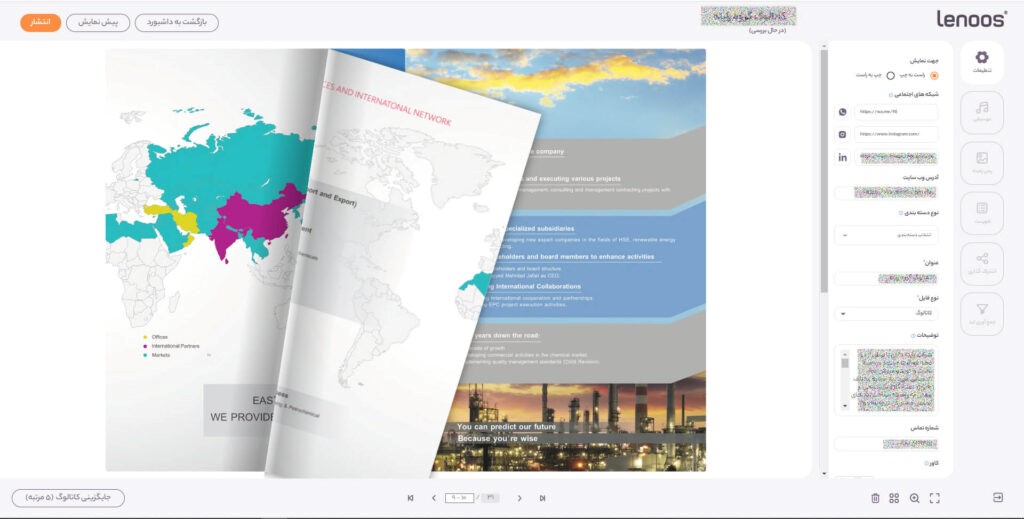
Dedicated User Profile Page in Lenoos Digital Exhibition Catalogs
After creating an account, users get a dedicated profile page where they can add details about their company and business, along with contact methods. They can also categorize and make all their publications available to audiences. Visitors to your profile can easily find and view the content they’re interested in. Many companies on Lenoos have organized catalogs, brochures, product/service guides, and other publications into specific categories on their profiles.
Users can embed their Lenoos profile as a publication gallery page with a custom title on their company’s website or create it with a custom domain. Each company’s profile page on Lenoos acts as a mini-site, designed for audiences and customers to quickly access products and services without spending much time navigating websites, allowing them to place orders seamlessly.
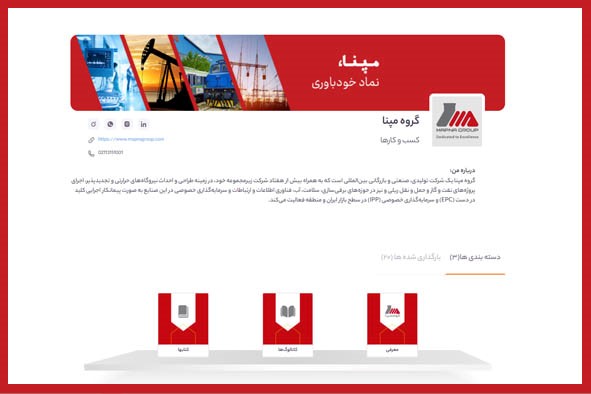
Lenoos has collaborated with numerous exhibitions so far, enabling participants to share various digital content with visitors, reducing the need for paper versions. This not only saves costs but also turns their catalogs into practical, interactive tools. Companies provide all their content digitally to audiences and monitor real-time visit and feedback statistics. Exhibitions like the Electricity Exhibition, Renewable Energy Exhibition, Iran Plast, ELECOMP, and others have partnered with Lenoos to help participants present their content more effectively and professionally
